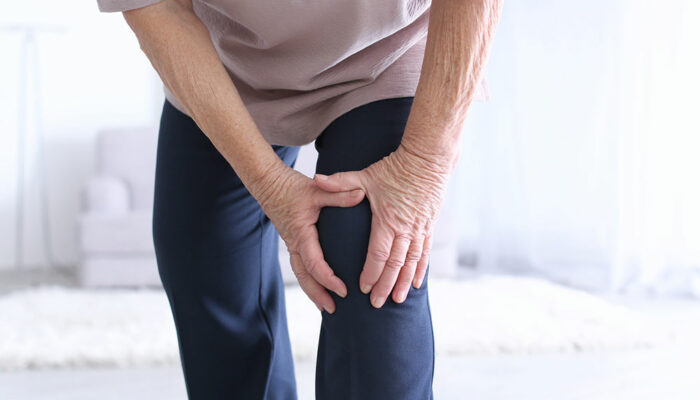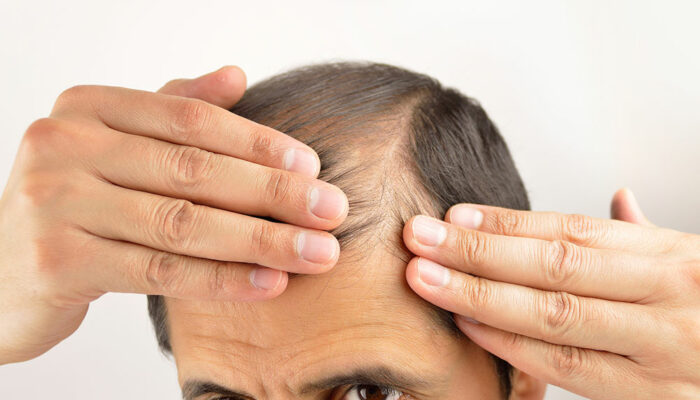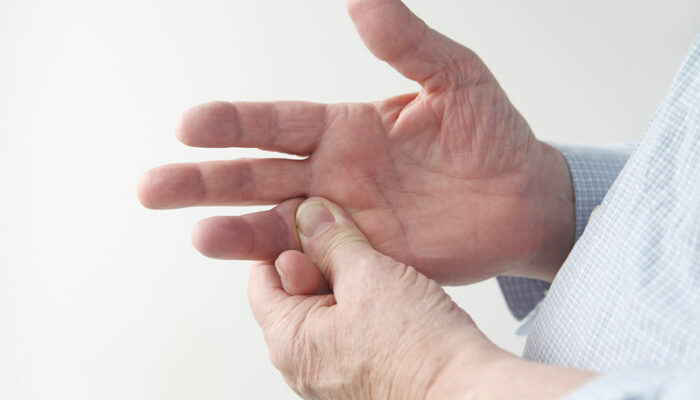
10 foods to eat and avoid for macular degeneration
Macular degeneration, also called age-related macular degeneration (AMD), is a prevalent eye disease. It causes a gradual loss of one’s central vision, making everyday tasks like reading and driving challenging. While the condition has no cure, individuals can control its symptoms and potentially slow its progression with a healthy lifestyle and nutrition. Here are a few foods to eat and avoid for managing macular degeneration and maintaining healthy vision in the long run. Foods to eat for macular degeneration The following foods can reduce the risk of this disease and improve overall eye health: Spinach Dark, leafy greens like spinach, kale, and collard greens are packed with zinc, copper, and antioxidants, elements that help protect the retina from damage. Salmon Fatty fish like salmon, mackerel, trout, and sardines are rich in omega-3 fatty acids. These healthy fats can reduce inflammation, slow macular degeneration progression, and promote eye health. Carrots Vibrant vegetables like carrots, sweet potatoes, and red peppers are excellent beta-carotene and vitamin C sources. These nutrients can support eye health by reducing macular degeneration risk. Almonds Nuts like almonds, cashews, peanuts, walnuts, and Brazil nuts have essential vitamins, healthy fats, and antioxidants. They can protect the eyes from oxidative stress and reduce the risk of eye disorders.
Read More 















